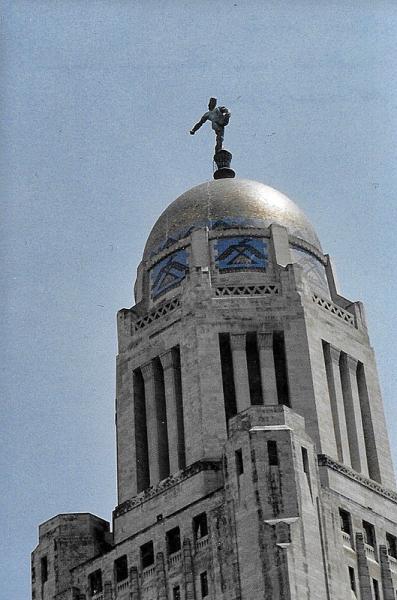
Nebraska legislators delivered much-needed tax relief in the Cornhusker state by passing a new corporate income tax cut that will give at least 26 million dollars back to taxpayers.
Nebraska’s top income tax rate of 7.8 percent was not competitive. It was the highest of any state in the region. South Dakota and Wyoming do not have any corporate income tax, and states like Colorado and Missouri have some of the nation’s lowest rates at 4.5% and 4.0%, respectively. By proactively addressing this issue and cutting corporate rates, Nebraska will become a more competitive place to live, invest, and do business in the years to come.
Grover Norquist, President of Americans for Tax Reform, said the following
“I applaud the Nebraska legislature for correctly identifying its previously uncompetitive corporate tax rate and reducing it this session. This legislation will make Nebraska more viable in the regional economy and make it an even more attractive destination for families and businesses. I urge them to continue seeking more pro-growth tax relief to promote a speedy economic recovery by allowing taxpayers and families to keep more of their hard-earned paychecks.”
This rate cut is one of several substantial reforms undertaken by the Nebraska legislature this session. The Legislature also passed new laws that will give property owners in Nebraska the ability to make their voice heard on property taxes in their towns. Truth in Taxation legislation, initially enacted in Utah in 1985, brought Utah’s 24th-highest property tax burden in the U.S. down to 43rd for primary residences. High property taxes that local citizens do not support are a sign that accountability is lacking. While more transparency for local governments is excellent, Truth in Taxation demands accountability to taxpayers as well – the key to ensuring tax burdens are kept low through public oversight.
Nebraska’s Truth in Taxation law will provide taxpayers with a stronger voice in how local property taxes are decided by:
1. Providing the date, time, and location of all public meetings where property tax increases will be decided.
2.Itemizing how much a property taxpayer’s tax bill would rise if the proposed tax increase were approved.
3.Requiring that hearings for property tax increases take place during hours when most taxpayers can attend a public meeting.

